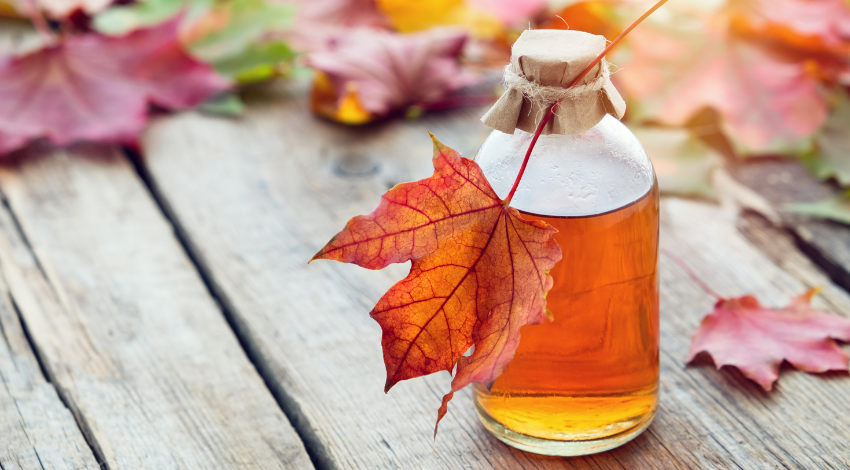The Majestic maple treê Unveiled
Maple trees have enchanted people for centuries with their stunning foliage and versatile benefits. Whether you’re a homeowner looking to enhance your landscape, a nature enthusiast eager to understand its ecological contributions, or a curious reader, this blog post will provide you with everything you need to know about the majestic maple tree. We’ll explore its history, types, benefits, and much more. Ready to learn why this tree is a true natural wonder? Let’s get started!
A Brief History of Maple Trees
Maple trees have a storied past that dates back millions of years. Originating from the temperate regions of the Northern Hemisphere, these trees have been integral to various cultures and civilizations. For instance, Native Americans revered the maple tree not just for its beauty, but for its sap, which they used to make syrup. The tree’s vibrant leaves have also inspired countless artworks and literary works.
Types of Maple Trees
Maples come in a variety of species, each with its own set of unique characteristics.
Sugar Maple
The Sugar Maple is best known for its sweet sap, which is the primary source of maple syrup. It also boasts stunning fall foliage that turns brilliant shades of red, orange, and yellow.
Red Maple
Red Maples are incredibly versatile and can thrive in different soil types. They’re famous for their striking red leaves, which appear in all seasons.
Silver Maple
Silver Maples grow quickly and are often planted for shade. Their leaves have a distinctive silvery underside, giving the tree a shimmering appearance when the wind blows.
Planting Your Maple Tree
Planting a maple tree can be a rewarding experience. It involves selecting the right species for your climate and soil, and ensuring proper planting techniques.
Choosing the Right Spot
Maples require plenty of sunlight and well-drained soil. Avoid planting them too close to buildings or other structures, as their roots can spread extensively.
Planting Techniques
To plant a maple tree, dig a hole that’s twice as wide as the root ball but no deeper. Place the tree in the hole, backfill with soil, and water thoroughly.
Initial Care
Ensure your newly planted maple receives ample water during its first few weeks. Adding mulch around the base can help retain moisture and protect the roots.
Caring for Your Maple Tree
Once planted, maples require minimal maintenance but benefit from some basic care.
Watering Needs
While maples are relatively drought-tolerant, it’s crucial to provide them with regular water, especially during dry spells.
Pruning Tips
Prune your maple during its dormant season to remove dead or diseased branches. This promotes healthy growth and improves the tree’s shape.
Fertilization
A balanced fertilizer applied in early spring can help your maple tree flourish. However, be cautious not to over-fertilize, as this can harm the tree.
The Health Benefits of Maple Trees
Maple trees are not just beautiful; they also offer several health benefits.
Air Purification
Maples absorb pollutants and release oxygen, making your environment healthier.
Shade and Cooling
A mature maple tree can significantly reduce temperatures around your home, lowering energy costs and making outdoor spaces more enjoyable.
Stress Reduction
Studies show that being around trees, like maples, can reduce stress levels and improve mental well-being.
Maple Trees and Wildlife
Maple trees play a vital role in supporting local ecosystems.
Habitat
They provide shelter for various birds, insects, and small mammals.
Food Source
The seeds, leaves, and bark of maples serve as food for wildlife, contributing to biodiversity.
Pollination
Maple flowers attract pollinators like bees, supporting the broader ecosystem.
Maple Syrup Production
One of the most beloved products of the maple tree is its syrup.
Tapping the Trees
To produce maple syrup, sap is collected by tapping the trees in early spring.
Sap to Syrup
The sap is then boiled down to evaporate the water, leaving behind the sweet, concentrated syrup.
Nutritional Value
Maple syrup is a natural sweetener rich in antioxidants and minerals like calcium and potassium.
Maple Wood Uses
Maple wood is prized for its beauty and strength.
Furniture Making
Maple is a popular choice for furniture due to its fine grain and durability.
Flooring
Hard maple is often used for hardwood flooring, providing a long-lasting and attractive surface.
Musical Instruments
The wood’s resonant qualities make it ideal for crafting musical instruments like violins and guitars.
Common Pests and Diseases
Maple trees are generally hardy but can be affected by certain pests and diseases.
Aphids and Mites
These insects can cause leaf discoloration and premature leaf drop. Regular monitoring and treatment can keep them in check.
Fungal Infections
Fungal diseases like tar spot and verticillium wilt can affect maples. Proper pruning and fungicide treatments are effective countermeasures.
Prevention Tips
Maintaining good air circulation and avoiding overwatering can help prevent many common issues.
Seasonal Changes in Maple Trees
Maples are renowned for their seasonal transformations.
Spring
In spring, maples bloom with small, attractive flowers and fresh green leaves.
Summer
During summer, the leaves provide ample shade, turning a deep green.
Fall
Fall is when maples truly shine, with leaves transforming into vibrant red, orange, and yellow hues.
The Cultural Significance of Maple Trees
Maple trees hold a special place in various cultures.
Symbolism
In many cultures, the maple tree symbolizes balance, promise, longevity, and generosity.
Art and Literature
Maples have inspired countless artists and writers, appearing in everything from paintings to poetry.
National Identity
In Canada, the maple leaf is a national symbol, representing the country’s natural beauty and heritage.
Choosing the Right Maple for Your Garden
Selecting the right maple tree depends on your specific needs and preferences.
Size Considerations
Consider the mature size of the tree and ensure it fits within your garden space.
Climate Adaptability
Different maple species are suited to various climates, so choose one that will thrive in your area.
Aesthetic Preferences
Think about the leaf color, shape, and overall appearance to match your garden’s aesthetic.
Conclusion
Maple trees are truly remarkable, offering a blend of beauty, utility, and ecological benefits. Whether you’re planting one in your garden, enjoying its shade, or savoring its syrup, the maple tree enriches our lives in countless ways. If you’re ready to experience the magic of maples firsthand, consider planting one in your yard today. For more tips and personalized advice, don’t hesitate to reach out to our team of experts!
Thank you for joining us on this exploration of the majestic maple tree. We hope you found it enlightening and inspiring. Here’s to more green spaces and the timeless beauty of maples!




Post Comment